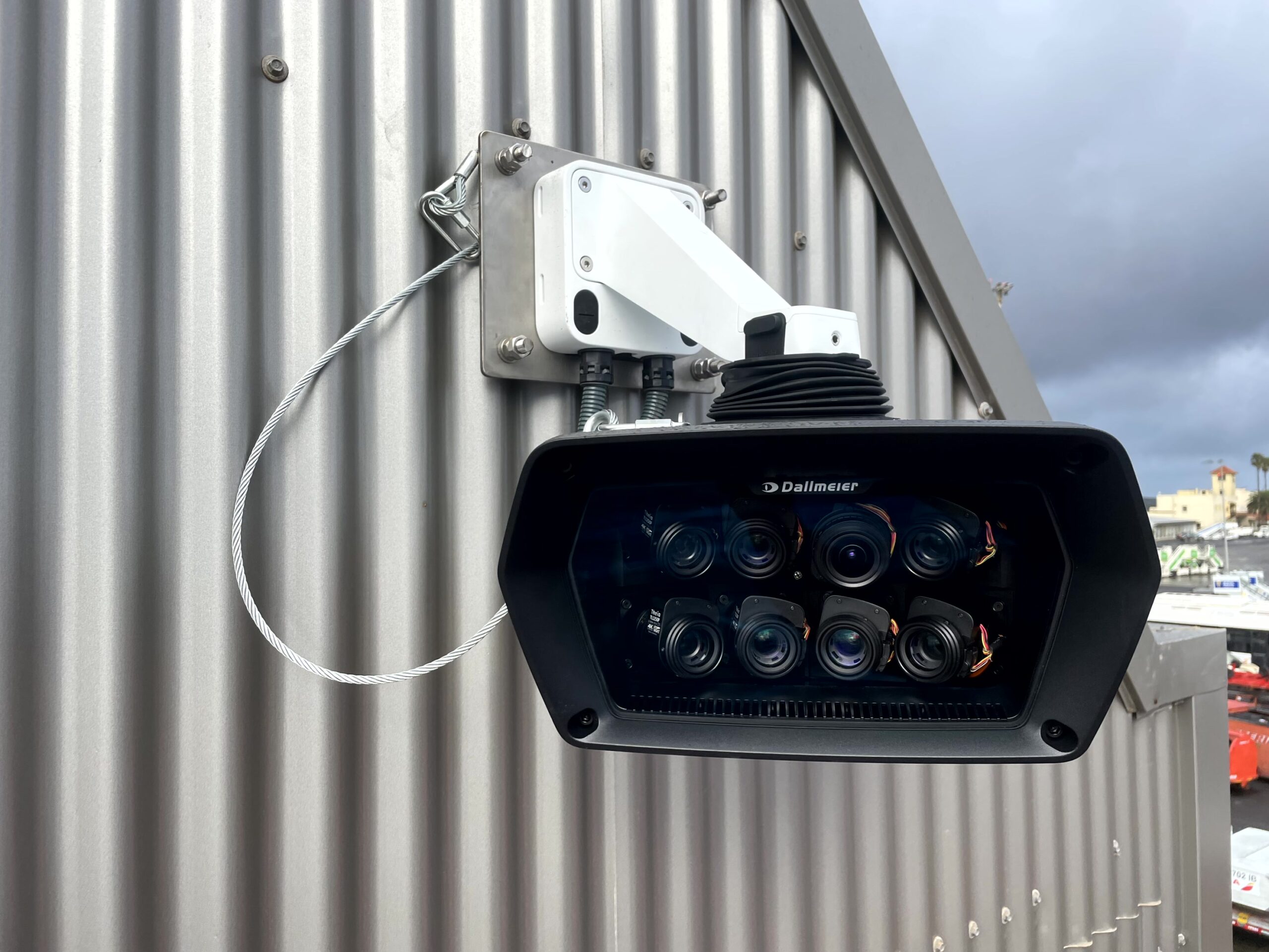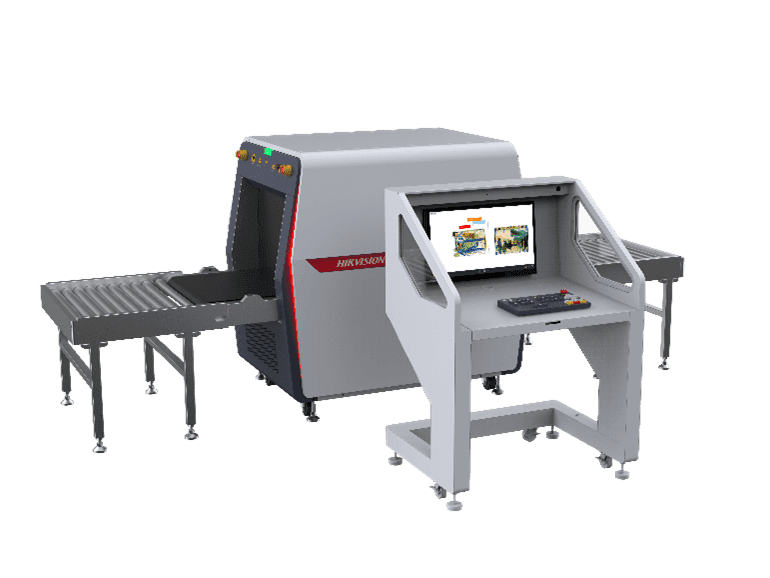Written by Jade Kahn, NICE Systems.
“The biggest clue may lie in his voice…” (CNN 24 August 2014)
The recent tragic news regarding James Foley has brought voice recognition into the media spotlight as authorities endeavour to identify the perpetrator of this heinous crime. Some media outlets have questioned the efficacy of voice biometrics, so it’s time to set the record straight.
Every person does have a unique voice – in the same way that each of us has a unique finger print, so each of us has a unique voice print. In fact, a voice print is even more sophisticated than a fingerprint, being comprised of over 100 unique characteristics in comparison 20 unique characteristics associated with a fingerprint.
You can be identified using your voice – the unique characteristics in your voice – both physical and behavioral – can be used to create a voice print. This voice print can then be compared against any audio stream to determine the whether there is a match with the original speaker.
Voice recognition is the only biometric that can be used remotely – voice biometrics can be used to identify a speaker with the person not present by simply levering the audio of their voice – whether from a phone call or a video recording.
Voice biometrics works even with background noise – While better quality audio naturally produces better results, the technology can identify a speaker on a busy street or with background noise to a high degree of accuracy.
These unique attributes of the human voice have been leveraged many years in forensics to identify criminals and are now being used around the world by enterprises to identify fraudsters over the phone. While I don’t know how authorities used voice biometrics in this horrible and tragic instance, I can tell you that the technology is indeed real.




















